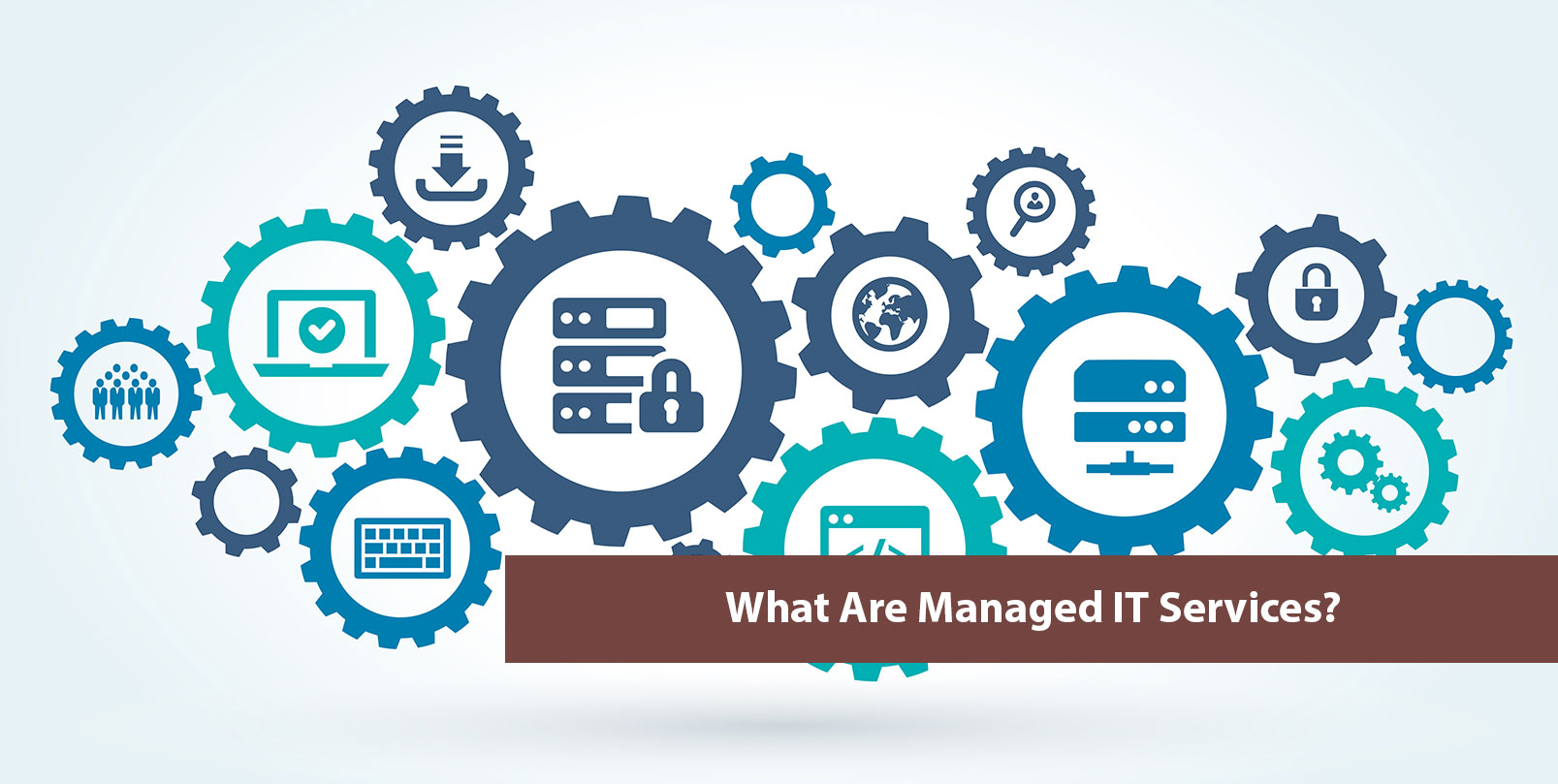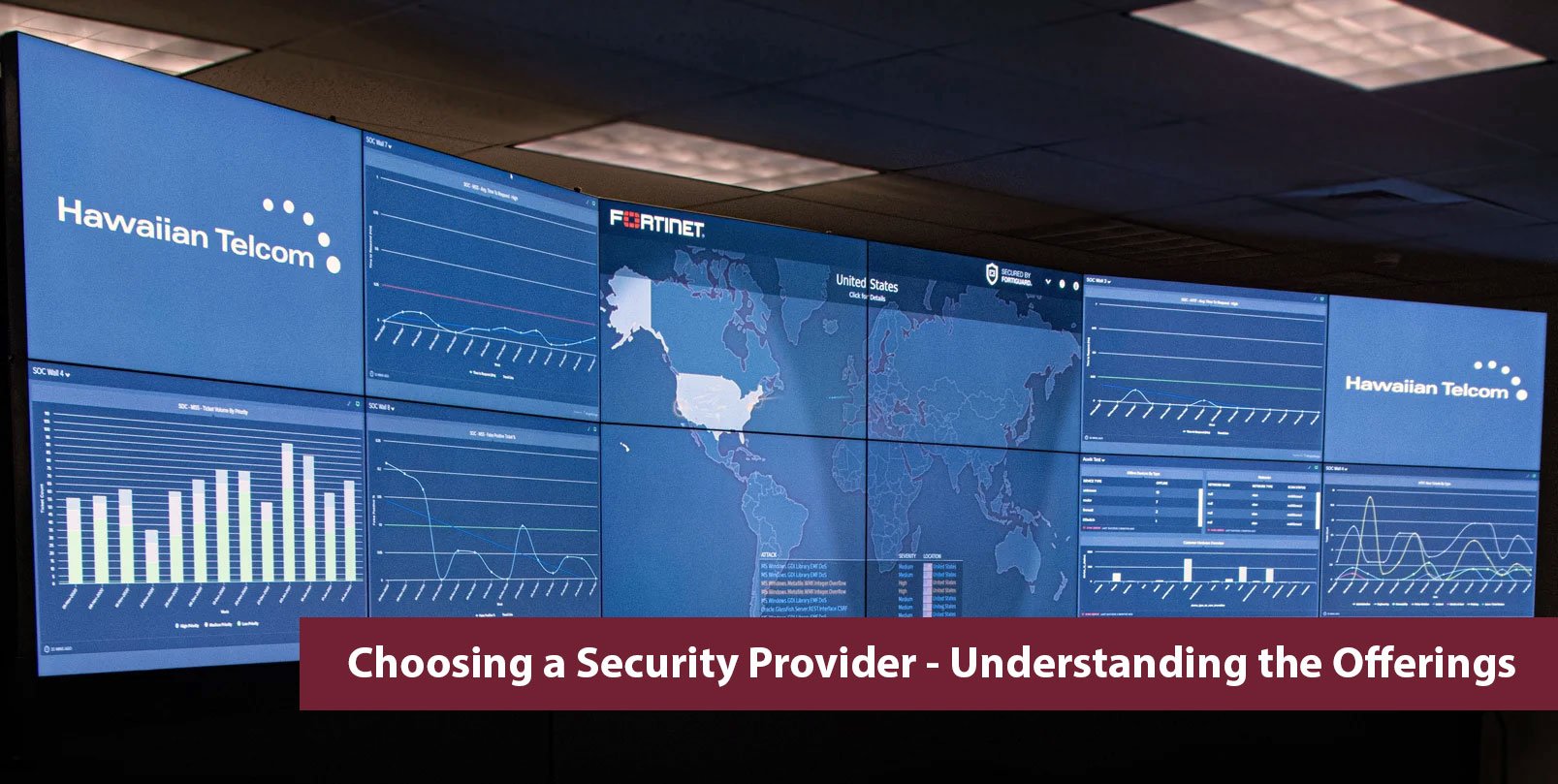Navigating methods and tools of the modern hybrid office
A typical workday at the office starts with me double checking my calendar to make sure I know how many meetings I have scheduled, when they start, and if any new ones popped up overnight. Next, I start working my way through my email inbox. As I am working through my responses, a co-worker starts a conversation with me about the business model we have been working on. My boss calls and asks for a copy of the latest business model spreadsheet we have been working on, so I paste the link to the spreadsheet in an email and send it to them. I look at the clock and notice that it is time for our team meeting, so I grab my notes and go join my colleagues. The rest of the day is just a repeat of all those various tasks. Does this sound familiar?
My day sounds like an ordinary one which happens in offices all around the world - so what has changed?
First, my office is right next to my bedroom. My commute to work is much shorter and my wardrobe is more relaxed. My workday starts earlier, and I finish later or rather I stay logged-on, after normal business hours to finish up “just one more task.” I am logging into my computer and accessing corporate email and other resources via the Internet. I am chatting and meeting with my co-workers, customers, and partners – virtually. Also, I did all that last week while vacationing in Texas. While the tasks that make up a regular workday have stayed the same, the where, how, and when we do these tasks has dramatically shifted.
Collaboration tools are nothing new to the modern office. The last two years of lock down have forced vendors to develop and refine these software products into a collection of collaboration tools that actually work in order to allow us to continue doing business, no matter where we are, how we’re connected, or when we choose to work. This is what the modern hybrid office is all about.
The realities of the pandemic and the capabilities of modern collaboration software have changed the working office environment, potentially forever. The last two years, along with a shortage of skilled workers, has pushed forward the acceptance and enablement of the remote work environment more than anything else that happened in the last fifty years. Now, employers are having to restructure their policies concerning remote workers in order to remain competitive.
Is your business ready to embrace remote workers or are you struggling to redefine your business around this new reality? Here are some things to consider to ensure your business has the necessary collaboration tools in place to successfully create a hybrid work environment.
1. Remote Access – Employees need to have access to your corporate resources both in and out of the office. High-speed access to the Internet and office computing resources are essential. Working from home requires reliable, high-speed access to the Internet. Dedicated fiber access to your business is both affordable and essential. Now is the time to make sure you have upgraded your Internet connectivity.
2. Security – Business resources need to be secure inside and outside of physical office spaces. This means providing security via updated firewalls, VPNs, multi-factor authentication, and encryption. You need to be able to track and control who has access to what and when. Having a security team watching and ready
to protect your computing/networking environment from hackers is now a necessity.
3. Integrated Collaboration and Productivity Applications – Your business requires a modern, integrated productivity suite that enables collaboration both internal and external. Most often this means working with either Microsoft Office 365 and/or Google Workspace. Both of these productivity suites have all of the tools needed to enable collaboration for your employees and your customers.
4. Seamless Integration Between Cloud and Premise Resources – Chances are that your business already uses a mixture of applications and data that is stored on your premises and in the cloud. You need to make sure that regardless of where your resources are located, your applications and data are both secure and available whenever and wherever it is needed. This means you need to make sure your business is seamlessly integrated between your cloud and local resources.
5. Trusted Technology Partner – Technology changes so rapidly that it is impossible to keep up with those changes and run your business at the same time. A technology partner is needed that can help support you through these adaptations so you can focus on growing your business. Now more than ever, it’s worth investing in an individual or organization that can fill this role. You will want to find a company with a strong track record and expertise in the areas that you need whether it’s Advanced IT services, professional or managed services, security, back up and disaster recovery, office productivity or all of the above.
Kenneth Hensarling is a Director Product Development at Hawaiian Telcom. You can reach him at kenneth.hensarling@hawaiiantel.com.






